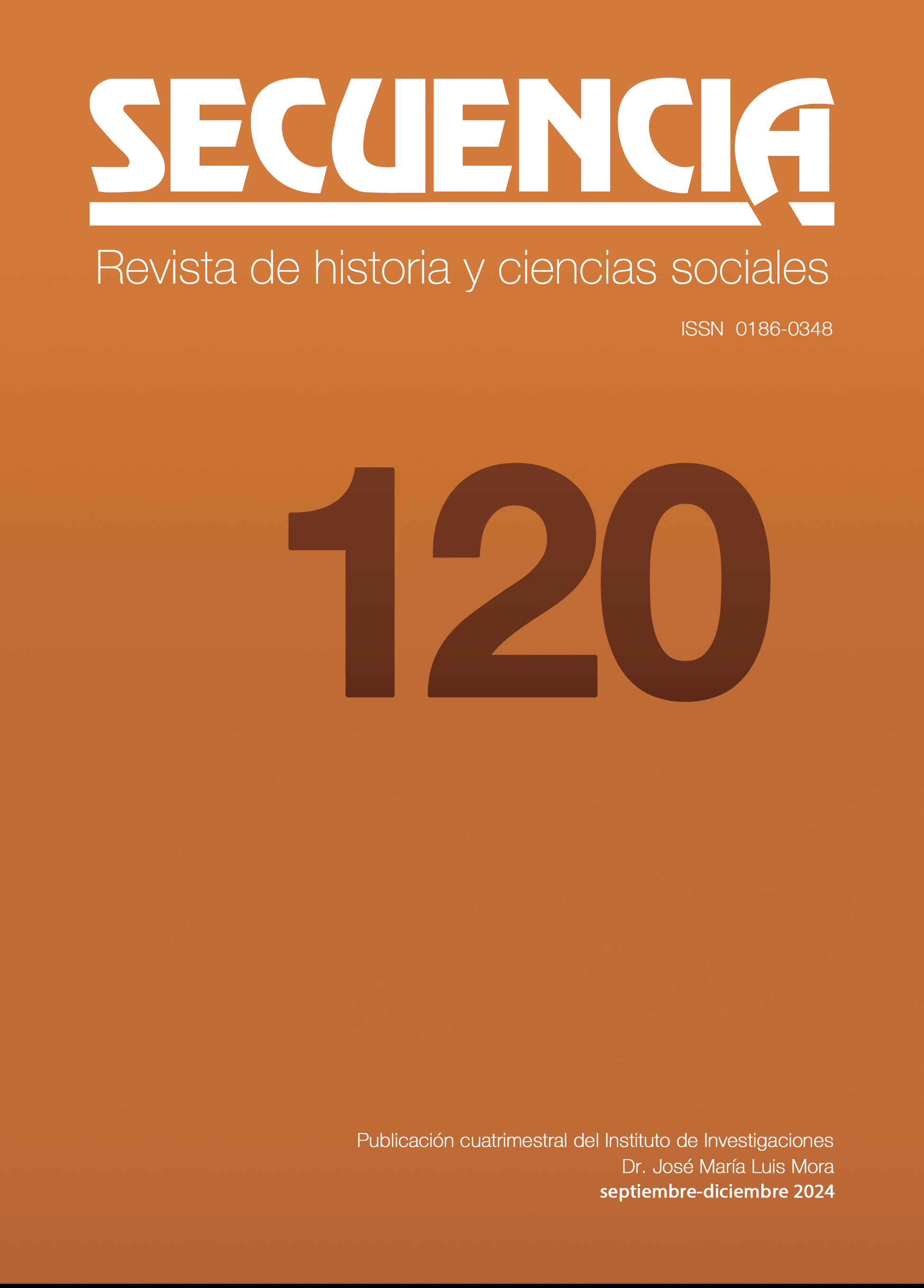Resumo
This article aims to analyze the relative cost of housing in Chile between 1966 and 2022. Specialized literature in this field focuses on four main themes: the impact of the neoliberal model on housing policies, the issue of property and renting, the maintenance of shantytowns, and issues of space and architecture. While there is consensus on the positive impact of social policies on access to housing for low-income families, debates persist regarding poverty and marginality. The research employs the Occupational and Unemployment Survey of Gran Santiago conducted by the Microdata Center of the University of Chile, administered quarterly since 1957 in all districts of Gran Santiago, with an annual survived population of around 10 000 individuals and 2 000 to 3 000 family groups. The findings reveal that: 1) the reduction in the relative cost of housing is more significant in non-poor households than in poor households; 2) in comparison to the international average, there is a decrease in the relative cost from 2000 to 2010, followed by an increase between 2011 and 2017; 3) the relative cost rises in impoverished sectors, particularly in the bottom 10% of income earners; 4) the reduction in relative cost is more pronounced in rented homes than in owned ones.

Este trabalho está licenciado sob uma licença Creative Commons Attribution-NonCommercial 4.0 International License.
Copyright (c) 2024 Mauricio Casanova Brito




